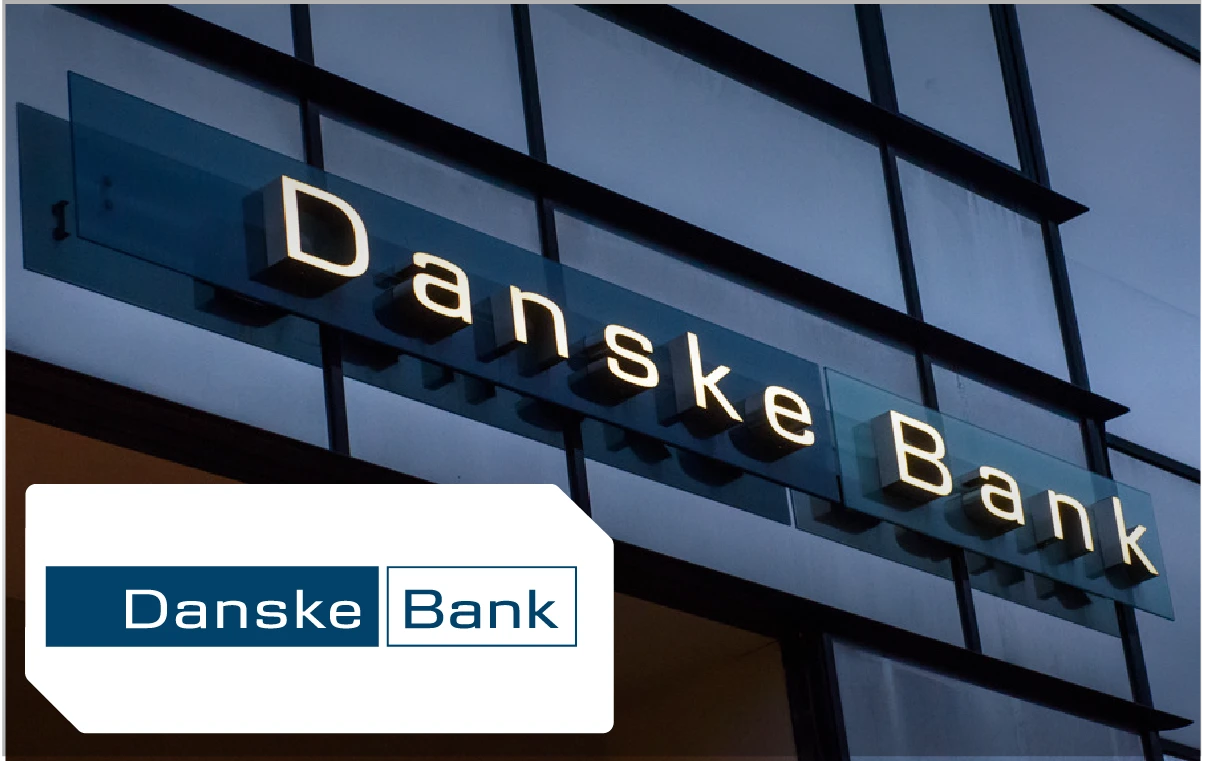Danske Bank’s Single Repository Drives Collaboration, Provides Consistent View for the Business
Challenges
Scattered, outdated IT documentation across 26 agile tribes.
No trusted application inventory, risk of orphaned apps.
High effort needed to answer IT portfolio questions.
Difficulty meeting regulatory and architectural standards.
Results
Central domain map (200+ domains) and inventory (5,000+ apps).
Clear application ownership and portfolio insights.
Easier regulatory compliance with lower reporting costs.
Adherence to banking regulatory requirements
Stronger customer journey programs through better IT visibility.
Why the bank needs to have a single view of their enterprise’s activities?
Architectural alignment across the bank’s large IT organization consisting of 26 tribes of agile teams was challenging. Information about the bank’s customer solutions, including its processes, services, and applications was scattered and documented in an ad hoc fashion. While it was possible to deliver the necessary information and overviews, it took a significant effort and time to answer questions about the IT portfolio. Moreover, information was previously gathered as if it was a one-time-only event. This required intensive work and multiple interviews with subject matter experts. The information was also not kept up-to-date, so it had to be collected again every time it was required.
The lack of a trusted inventory of applications meant that the bank faced the risk of getting orphaned applications. They could also fail to deliver on regulatory requirements that required enterprise-wide designs and collaboration. E.g. the European Banking Authority’s (EBA’s) operational interconnectedness (OI) requirements state that information about the bank’s products, business processes, applications, services, risks, policies, Standard Operating Procedures, and agreements are available, complete, and interconnected.
A common vocabulary of enterprise domains was also lacking. There were no defined architectural standards about what a quality API looks like, what makes a target architecture, or how services should be defined and mapped to applications and technology. Target architectures suffered from the lack of quality inventories and standards, making it difficult to use them in practice.
How they created a centrally managed enterprise domain map and application inventory
A centrally managed enterprise domain map (with 200+) domains was created covering the entire Danske Bank Group. The map is based on defined design principles that make it broadly applicable and structure all information elements, e.g. products, processes, applications, services, APIs, and data. The Enterprise Architecture team maintains the map, and Bizzdesign provides the necessary tooling and support of ArchiMate, which continues to be essential for managing this large set of domains. Bizzdesign’s platform made it possible to easily publish the domain map for everyone’s use.
Additionally, a centrally managed application inventory was designed in Bizzdesign’s platform and modeled using ArchiMate. Only with Bizzdesign could the team model the inventory and populate it with real data. There were no other relevant options available for this task. The inventory integrates with ServiceNow and ARIS to ensure that these applications have a consistent current view of the application landscape.
To meet the EBA’s regulations, the bank needed to provide an exhaustive view of its services. The team created an Operational Intelligence Information model with Bizzdesign’s platform, which complemented ServiceNow’s Common Service Data Model (CSDM). They interpreted and expanded the CSDM by modeling many of the services in Bizzdesign’s platform using ArchiMate to gain a coherent view. This model shows how elements are interconnected, what attributes each element have, and where to find the golden source. To this day, service maps created in Bizzdesign’s platform remain an essential communication tool for deciding on service definitions.
The availability of a trusted enterprise application inventory is now widely known in the organization, and it’s increasingly used to gain insights about the IT portfolio, qualify decision-making, and resolve demarcation of application ownership issues
Morten Bjerregaard, Enterprise Architect, Danske Bank
A single repository contributes to the Bank’s mission: improved customer service delivery
The ability to harness insights with a central map
The enterprise domain map provides a reference structure for all the bank’s activities with an agreed structure for mapping processes and services. The map provided the critical framework for the Better Ways of Working organizational design. Design principles in the map are rigorously applied with support from the Enterprise Architecture team, which evaluates changes to application ownership.
Transparency of application ownership
The Bizzdesign-based enterprise application inventory provides a trusted source of more than 5,000 applications categorized into domains. The inventory was instrumental in solving application ownership demarcation issues. The more mature tribes use the domain map and the application inventory for heatmapping their portfolio to get insights about their portfolio and interdependencies to facilitate their decision-making.
Adherence to banking regulatory requirements
The team cites that Bizzdesign is the quintessential modeling and analysis tool that remains critical for delivering regulatory requirements. They also say that the cost of conducting reporting is now so low that they can use their efforts instead to increase the value of their application portfolio.
Contributing to a successful Customer Journey Acceleration program
The Enterprise Architecture team contributed to a program where tribes had to identify improvements to customers’ journeys with the bank’s products and services. The team benefitted heavily from the established domain map and enterprise application inventory to get the necessary overview of the applications landscape. Tribes also benefitted from insights into architecture modeling that Enterprise Architecture had acquired from deploying Bizzdesign’s platform.
Danske Bank can now simplify our services model because service descriptions are stored in a single repository and linked to ServiceNow
Thomas Klok Rohde, Enterprise Architect, Danske Bank

